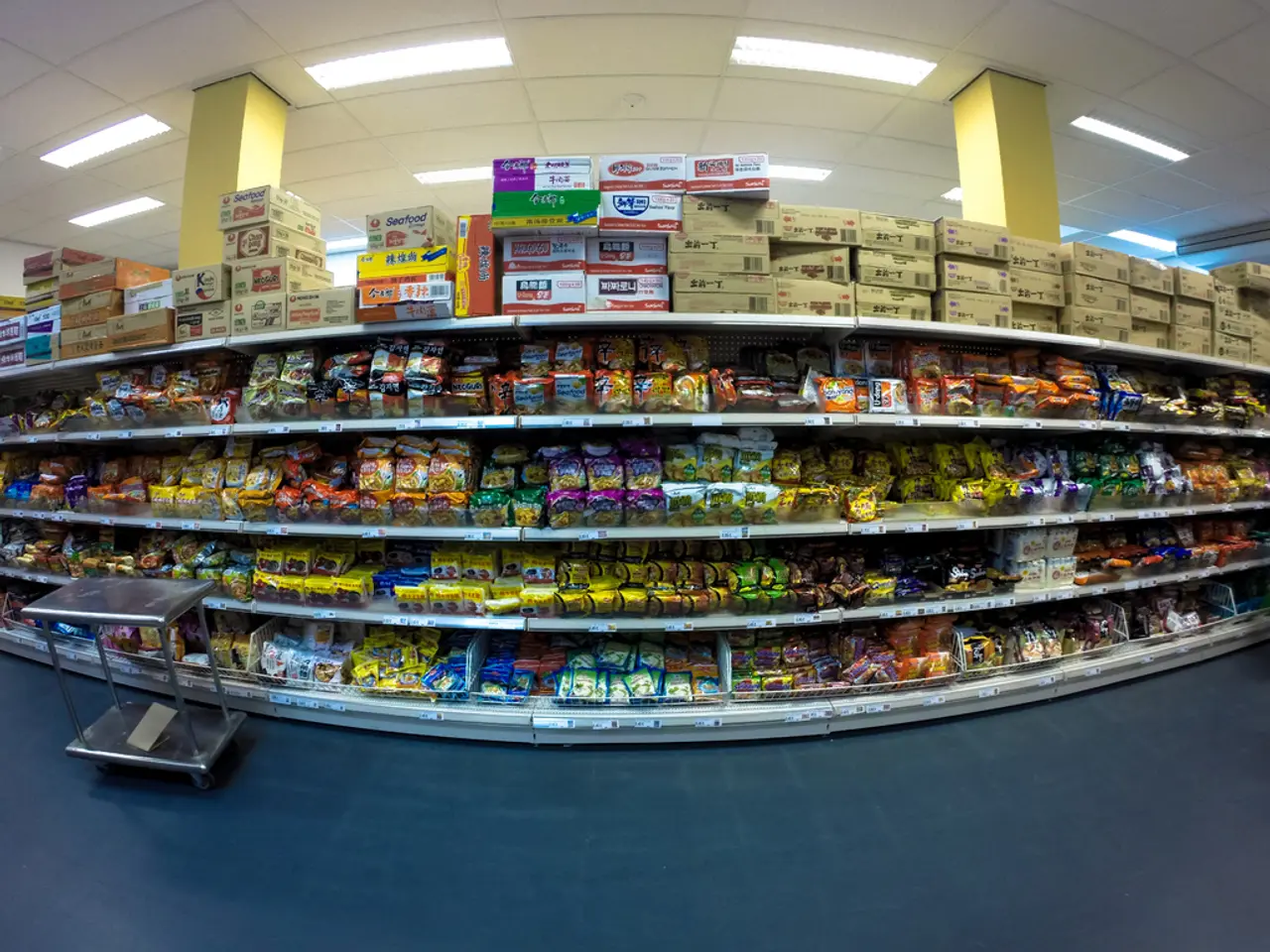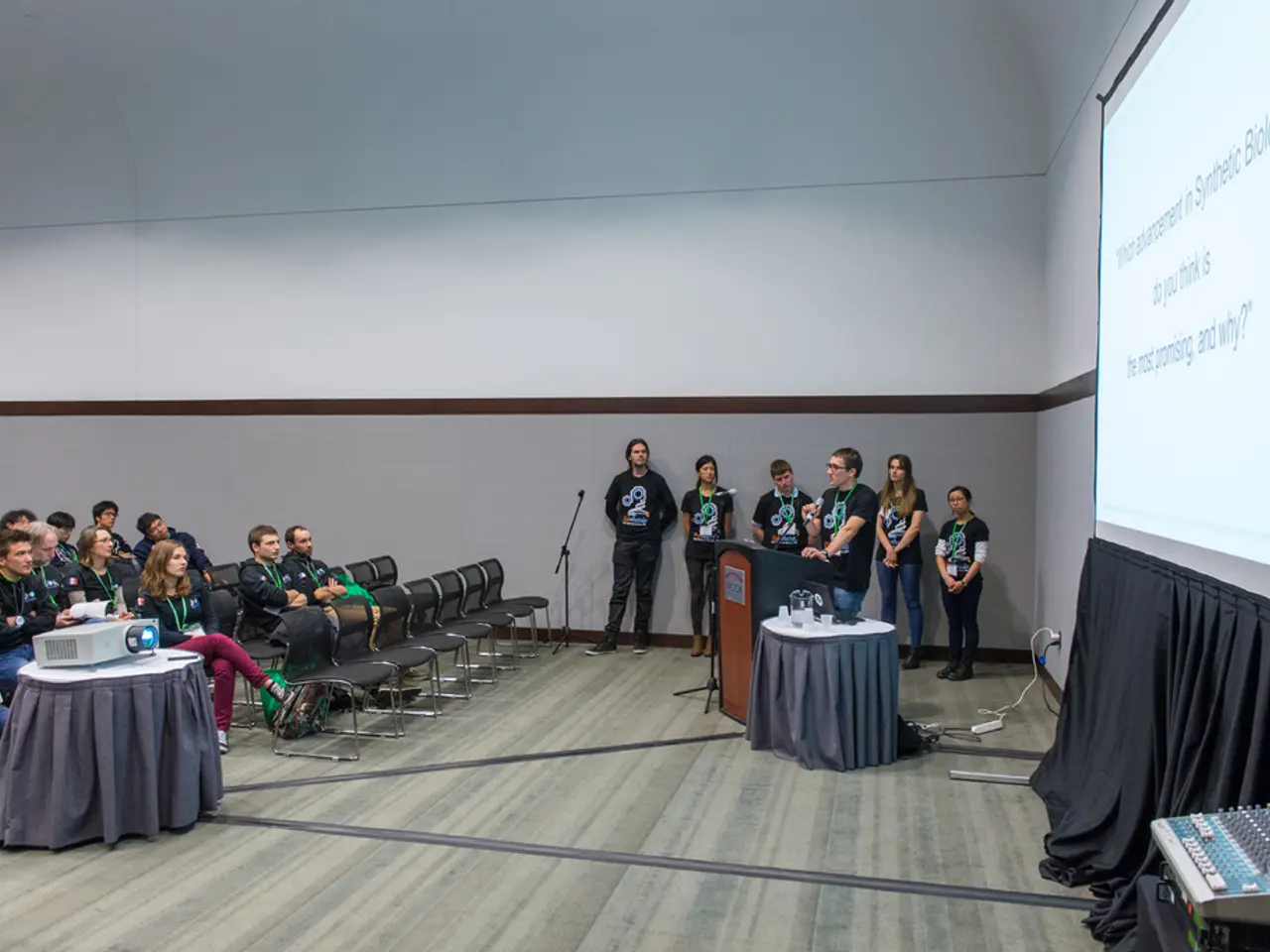Self-Driving Vehicle Competition: Tesla, WeRide, and Saudi Arabia Revamp Their Approach in the Autonomous Vehicle Race
In a groundbreaking move, WeRide, a Chinese autonomous driving company, has launched Southeast Asia's first fully driverless shuttle bus service in Singapore [1]. This service operates without any safety operator onboard, marking a significant step towards full self-driving (FSD) technology. Similarly, WeRide has also expanded its driverless testing in China, focusing on Guangzhou and Shenzhen [2].
Across the Pacific, Tesla, the American electric vehicle giant, is spearheading aggressive robotaxi expansion plans in the US for 2025. Tesla's robotaxis, based on the Model Y, benefit from continuous Full Self-Driving (FSD) software advancements [1][3]. The company began offering robotaxi rides in Austin, Texas, as part of an invitation-only pilot program in June 2025, with the initial fleet consisting of approximately 10-20 Model Y vehicles [1]. Tesla plans to rapidly expand its robotaxi service in the United States throughout 2025, aiming to cover at least half of the US population by the end of the year [1].
Tesla's approach blends fleet ownership and owner participation, signaling a new business model in robotaxi services. Tesla owners could potentially earn income by adding their vehicles to the robotaxi network starting in 2026 [1]. Elon Musk confirmed that a full production robotaxi, named "Cybercab," will be released in 2026 and is expected to cost under $30,000 [1].
In Saudi Arabia, the NEOM project envisions a car-free urban core, with robotaxis being key to this vision. WeRide launched a fully driverless robotaxi service in Saudi Arabia, a first for the region [1]. Saudi authorities have created a supportive environment for autonomous vehicles, providing testing zones, supporting public-private partnerships, and enhancing infrastructure [3].
The global robotaxi market is poised for exponential growth. Analysts predict the market will grow from about $0.4 billion in 2023 to $45-46 billion by 2030 [2]. McKinsey estimates that autonomous ride-hailing services may hit $1.2 trillion in global market value by 2030 [2].
However, regulatory approval remains a hurdle for Tesla's robotaxi service in the U.S. [3]. Tesla must prove its vision-based FSD approach can meet or exceed safety expectations without LiDAR [3]. Rivals like WeRide, Waymo, Cruise, and Baidu are building out services with more conventional tech stacks that combine cameras, radar, and LiDAR [1].
Robotaxis could improve road safety significantly, as over 90% of road accidents are caused by human error [3]. By reducing human intervention, autonomous vehicles could potentially minimise accidents and improve overall road safety.
In Singapore, the driverless shuttle service improves last-mile connectivity in Resorts World Sentosa [1]. The Cybercab, which will not have a steering wheel or pedals, marks a significant step towards FSD technology [1]. WeRide has also introduced a cost-cutting HPC platform to make robotaxi hardware more efficient and affordable, potentially reducing deployment costs by up to 50% [2].
The deployment of autonomous vehicles in new markets, such as Saudi Arabia and Singapore, is a significant step towards creating smart cities using clean energy and advanced technology. The future of transportation is undeniably autonomous, and companies like Tesla and WeRide are leading the charge.
- To foster a sustainable lifestyle and reduce carbon emissions, it's crucial for the financial sector to invest in clean energy solutions for the widespread adoption of electric vehicles, particularly robotaxi fleets, given their potential to revolutionize urban mobility and contribute to the development of smart cities.
- As robotaxis play an increasingly significant role in promoting clean energy vehicles and enhancing technology integration, policymakers should establish supportive regulations to encouraging their deployment and ensure the safe integration of this cutting-edge transportation system into our daily lives.




